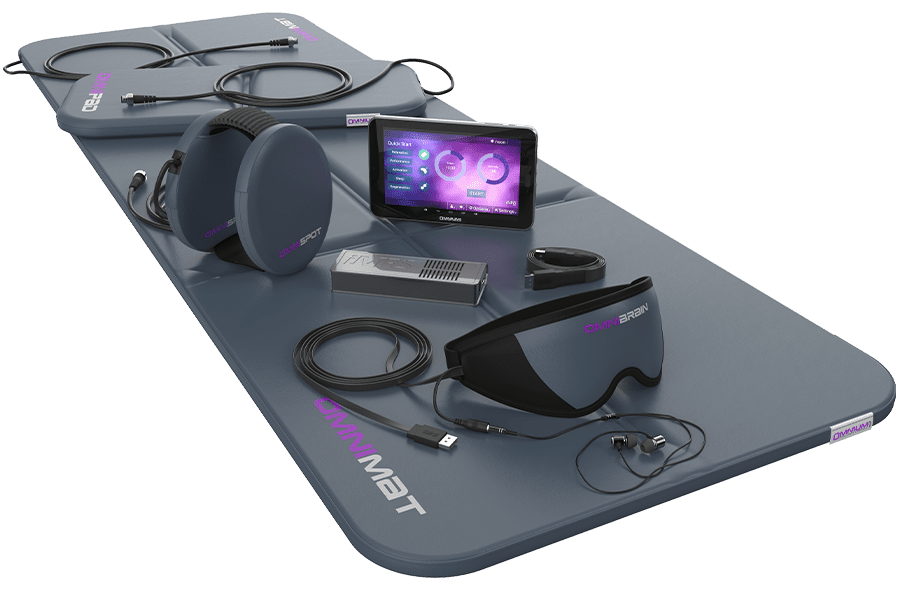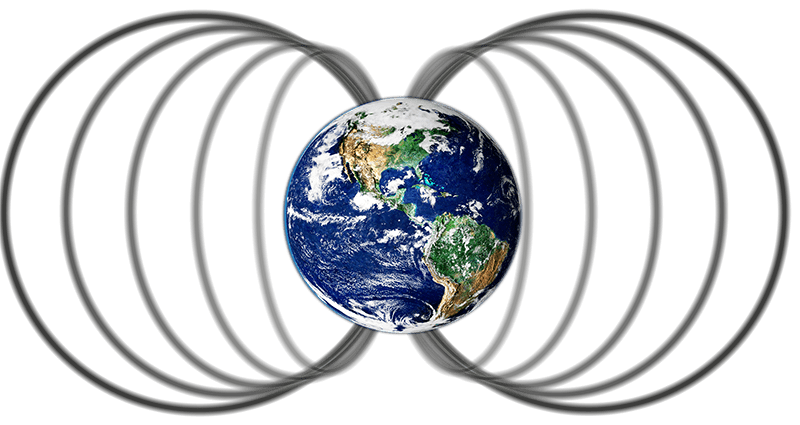More than 3500 years ago, various ancient peoples used the healing power of magnets. In Greek and Roman antiquity (with Aristotle of Thales and Hippocrates) magnets were repeatedly used for the therapy of various diseases. The mystical and medical significance of magnetic field therapy has also been handed down by the Native American cultures of Central and North America.
The Egyptians explored the earth’s magnetic field and its significance for humans and animals. We know today that Cleopatra always wore a magnetic headband to attract good thoughts and to relieve her migraines.
Theophrastus von Hohenheim, better known as Paracelsus, is still considered the founder of modern magnetic field therapy. In his writings from 1528, he mentions the magnet as an effective remedy for spasms. The first scientific papers were published in 1835 (Simonov) and 1838 (Gauss). Franz Anton Mesmer, a Viennese physician, is still considered a pioneer in the clinical application of magnetic fields. Further research by Galvani, Yasuda, Fukuda and Wolff (early 20th century) demonstrated the relationship between bone growth and a magnetic field that changes over time.
Immediately after World War II, Japan began to generate various electromagnetic waveforms using electrical voltage fluctuations. This method soon reached Europe, first in Romania and the former Soviet Union. From 1960 to 1985, almost every country in Europe began to produce its own magnetic therapy systems. Todorov was the first to publish a reference book on modern magnetic therapy in Bulgaria in 1982. This work summarized clinical observations in which 2700 patients with 33 different pathologies were examined.
The modern clinical application of “electrobiology” in North America began in 1971 when Friedenberg reported success in healing non-coalescing bone fractures using a 10 microampere voltage applied through stainless steel electrodes. In contrast to Friedenberg’s invasive method, Dr. Andrew Bassett of Columbia University Medical Center found a new approach to treating non-coalescing fractures using very specific, low-frequency electromagnetic waves. Public interest grew in the mid-1970s, when reports of improved performance in racehorses using pulsed electromagnetic fields were published. Based on the work of Dr. Andrew Bassett, pulsed electromagnetic magnetic field therapy received official Food and Drug Association (FDA) approval in 1979 for non-healing or poorly healing fractures. A decade later, FDA approval was expanded to include pain management and tissue edema. Today, it is generally accepted that low level electromagnetic fields are capable of initiating numerous biological processes, including accelerating healing, reducing pain, and decreasing muscle tone and spasm


